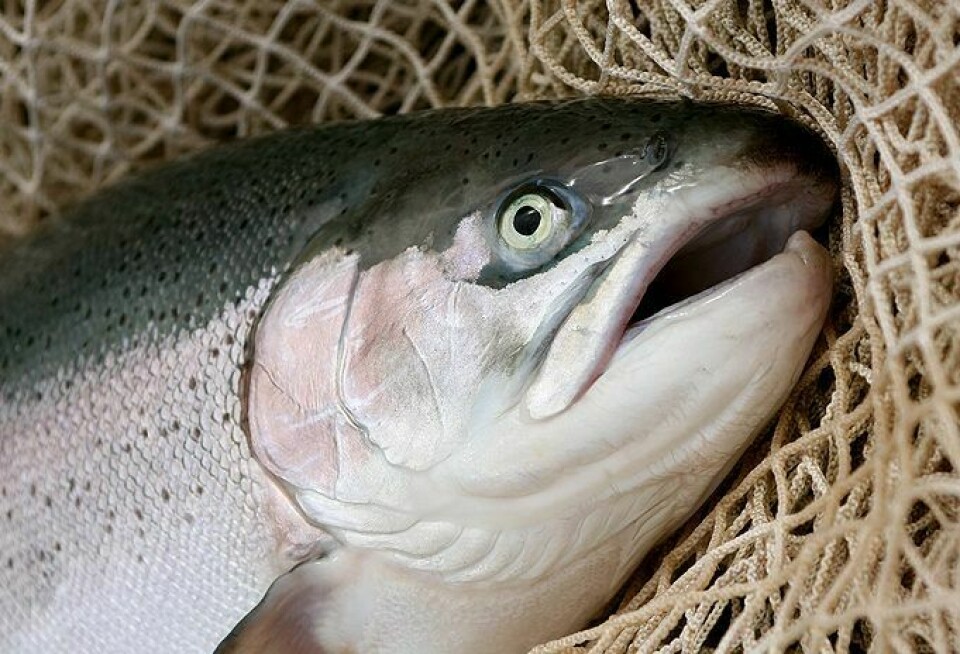
Genomic solution to RTFS
Eggs producing rainbow trout that are more resistant to flavobacteriosis will be available to farmers in the UK, Norway and Chile from early 2017.
The news follows Aquagen’s identification of two genetic markers (QTLs) with significant correlation to resistance to the disease, which is also known as Rainbow Trout Fry Syndrome (RTFS), and is a major problem in rainbow trout production world-wide. It is widespread, occurs frequently, and can cause high mortality and wounds in fry and larger fish in freshwater hatcheries and on-growing sites. Antibiotics are often used to treat stock affected by flavobacteriosis.
Aquagen has previously identified and implemented several gene markers for disease resistance in Atlantic salmon, which are currently employed to produce salmon with increased resistance to the viral diseases IPN, PD and CMS. Gene markers for resistance to the bacterial disease SRS and to sea lice have also been identified and put to use. In rainbow trout, Aquagen has found gene markers for IPN- and flavobacteriosis resistance.
The Norwegian firm has implemented a genomic tool that uses thousands of markers in order to select for disease resistance in rainbow trout. In collaboration with Affymetrix and the US Department of Agriculture (USDA), a high density SNP-chip capable of genotyping 55,000 SNP markers from one individual fish in one analysis has been developed. It is through the use of this SNP-chip that gene markers for IPN and flavobacteriosis resistance could be identified.
In 2014, Aquagen started its work on resistance to flavobacteriosis. A crucial part of this work was the availability of an experimental challenge model developed by a group of scientists at the University of Stirling. A total of 1,500 fry were challenged with Flavobacterium psycrophilum, and subsequently genotyped by the SNP-chip.
A QTL search resulted in the discovery of two major QTLs for resistance to flavobacteriosis. Both alone and in combination, the two QTLs have a significant effect in reducing mortality from flavobacteriosis in rainbow trout. The survival among fish with the worst and the best combination of markers was 31% and 84%, respectively.
“The frequency of the beneficial markers is low-to-moderate in Aquagen stock, which means there is huge potential for improving resistance,” says Thomas Moen, Research Director at Aquagen.
Andrew Reeve, Sales Manager UK/Ireland believes this is an important innovation, stating: “The new product for significantly increased resistance to RTFS will deliver value by reducing the economic impact for the farmer and will improve fish welfare throughout the production cycle”.




















































